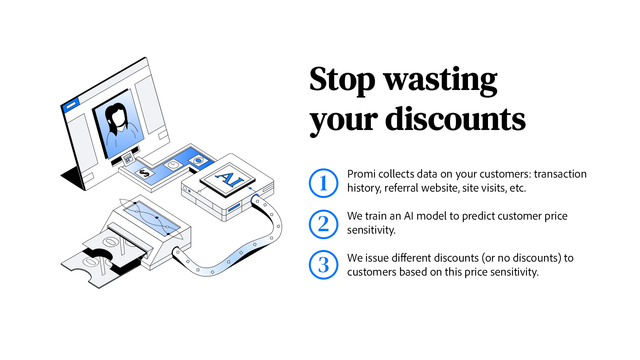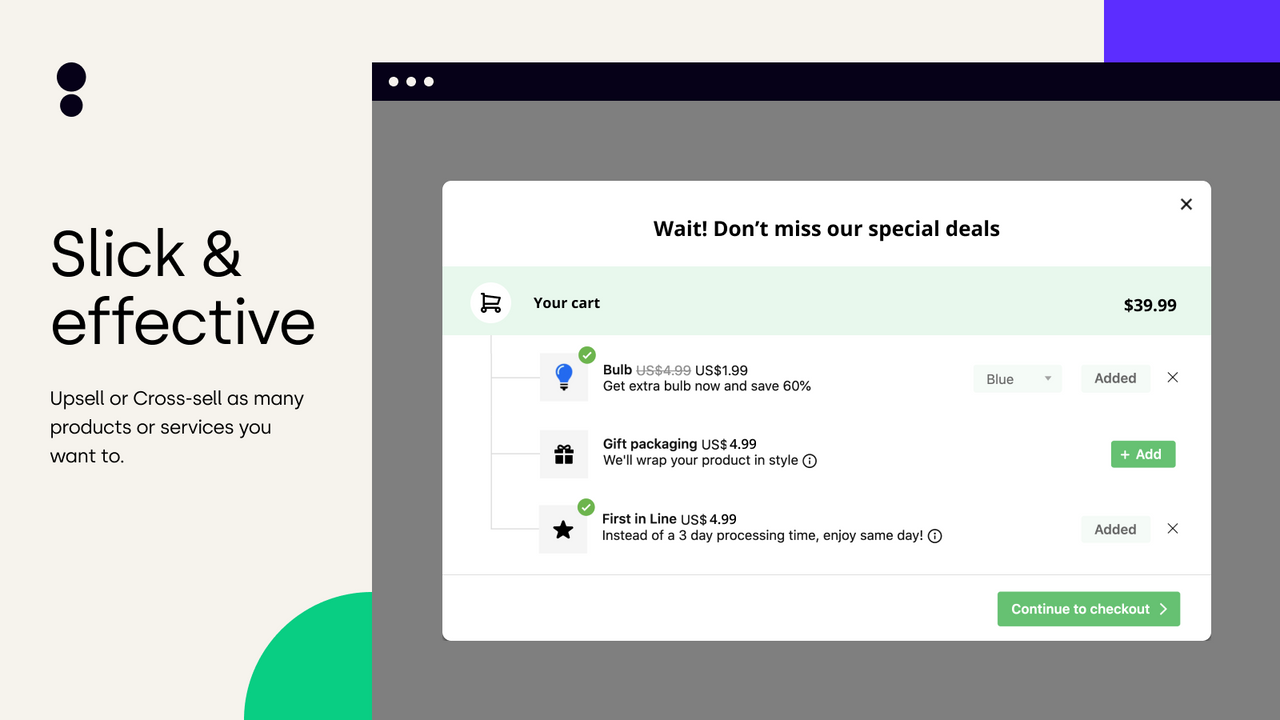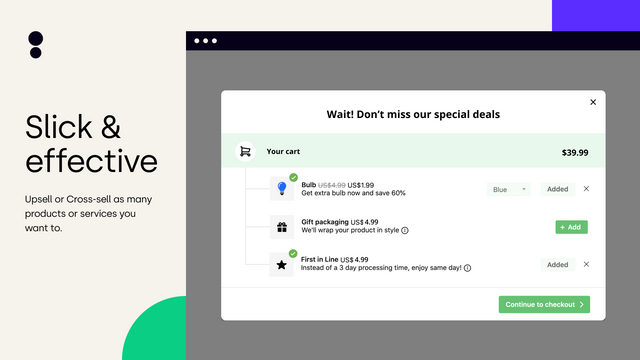Shopify is a leading e-commerce platform that allows businesses to create online stores and sell products. One of the unique features of Shopify is its financial service, Shopify Capital. This service provides merchants with the necessary funds to grow their business. This article will delve into the intricacies of Shopify Capital, explaining its purpose, how it works, its benefits, and much more.
Understanding Shopify Capital is crucial for any merchant using the Shopify platform. It can be a game-changer for businesses looking for a financial boost. This comprehensive guide will provide a deep understanding of Shopify Capital, enabling merchants to make informed decisions about their business financing.
What is Shopify Capital?
Shopify Capital is a funding service provided by Shopify to its merchants. It's designed to help businesses overcome financial hurdles and achieve growth. Unlike traditional loans, Shopify Capital provides funding in the form of merchant cash advances and short-term loans. This means that instead of a fixed monthly payment, repayments are made as a percentage of the business's daily sales.
This unique repayment structure makes Shopify Capital a flexible financing option for businesses. It allows businesses to repay the loan at their own pace, reducing the financial strain during slow sales periods. Additionally, Shopify Capital does not require any personal guarantees or collateral, making it a low-risk financing option for businesses.
Merchant Cash Advances
A merchant cash advance (MCA) is a type of funding provided by Shopify Capital. It involves giving a lump sum of money to a business in exchange for a percentage of future sales. The MCA is not a loan, but a purchase of a portion of future revenues. This means that the business is not in debt, but rather selling a part of its future income.
The repayment of the MCA is made through a fixed percentage of the business's daily sales. This percentage is automatically deducted from the business's Shopify payments until the total amount is repaid. The total repayment amount includes the initial advance plus a fee, known as the factor rate.
Short-term Loans
Short-term loans are another type of funding provided by Shopify Capital. These are similar to traditional loans, where a lump sum of money is given to the business, which is then repaid over a fixed period. However, unlike traditional loans, Shopify Capital's short-term loans are repaid as a percentage of daily sales, similar to the MCA.
The repayment amount includes the initial loan amount plus a fixed fee. The fee is determined by Shopify Capital based on the business's financial health and sales performance. The repayment period is typically 12 months, but it can vary depending on the business's sales.
How to Apply for Shopify Capital?
Applying for Shopify Capital is a straightforward process. Unlike traditional lenders, Shopify Capital does not require a lengthy application process or extensive documentation. Instead, it uses the sales data from the Shopify platform to determine the business's eligibility for funding.
To apply for Shopify Capital, a business must be using the Shopify platform for at least 60 days and have a certain amount of sales. If a business meets these criteria, it will automatically receive a funding offer from Shopify Capital in the Shopify admin dashboard. The business can then choose to accept or decline the offer.
Eligibility Criteria
The eligibility criteria for Shopify Capital are designed to ensure that only businesses with a proven sales record and financial health can receive funding. The main criteria include having a Shopify account for at least 60 days, having a certain amount of sales, and being located in an eligible country.
It's important to note that meeting these criteria does not guarantee funding. Shopify Capital also considers other factors such as the business's sales history, payment processing volume, and chargeback rate. These factors help Shopify Capital assess the business's ability to repay the funding.
Funding Offers
Once a business is deemed eligible for Shopify Capital, it will receive a funding offer. This offer includes the funding amount, the repayment amount, and the repayment rate. The business can then choose to accept or decline the offer.
If the business accepts the offer, the funds are usually deposited into the business's bank account within a few business days. The repayment process begins as soon as the funds are received. The repayment amount is automatically deducted from the business's daily sales until the total amount is repaid.
Benefits of Shopify Capital
Shopify Capital offers several benefits that make it an attractive financing option for businesses. One of the main benefits is its flexible repayment structure. Since repayments are made as a percentage of daily sales, businesses can repay the loan at their own pace, reducing the financial strain during slow sales periods.
Another benefit of Shopify Capital is its easy application process. Businesses do not need to go through a lengthy application process or provide extensive documentation. Instead, Shopify Capital uses the sales data from the Shopify platform to determine eligibility. This makes the application process quick and hassle-free.
Flexible Repayment Structure
The flexible repayment structure of Shopify Capital is one of its main advantages. Unlike traditional loans that require a fixed monthly payment, Shopify Capital allows businesses to repay the loan as a percentage of their daily sales. This means that during slow sales periods, the repayment amount is lower, reducing the financial strain on the business.
This flexible repayment structure also means that there is no fixed repayment term. The loan is repaid when the total repayment amount is reached, regardless of how long it takes. This gives businesses the freedom to grow at their own pace without the pressure of a looming repayment deadline.
Easy Application Process
Another major advantage of Shopify Capital is its easy application process. Traditional lenders often require businesses to go through a lengthy application process, provide extensive documentation, and wait for approval. Shopify Capital, on the other hand, uses the sales data from the Shopify platform to determine eligibility, making the application process quick and hassle-free.
Once a business is deemed eligible, it receives a funding offer directly in the Shopify admin dashboard. The business can then choose to accept or decline the offer. If the offer is accepted, the funds are usually deposited into the business's bank account within a few business days.
Drawbacks of Shopify Capital
While Shopify Capital offers several benefits, it also has some drawbacks. One of the main drawbacks is its high cost. The total repayment amount includes the initial funding amount plus a fee, which can be quite high compared to traditional loans. This makes Shopify Capital a costly financing option, especially for businesses with low profit margins.
Another drawback of Shopify Capital is its limited availability. Currently, Shopify Capital is only available to businesses located in the United States, the United Kingdom, and Canada. This means that businesses located in other countries cannot access this financing option.
High Cost
One of the main drawbacks of Shopify Capital is its high cost. The total repayment amount includes the initial funding amount plus a fee, which can be quite high. This fee is determined by Shopify Capital based on the business's financial health and sales performance.
This high cost can be a burden for businesses with low profit margins. It can eat into the business's profits, making it difficult for the business to grow. Therefore, businesses should carefully consider the cost of Shopify Capital before accepting a funding offer.
Limited Availability
Another drawback of Shopify Capital is its limited availability. Currently, Shopify Capital is only available to businesses located in the United States, the United Kingdom, and Canada. This means that businesses located in other countries cannot access this financing option.
This limited availability can be a major disadvantage for businesses located in countries where access to business financing is limited. It restricts the growth opportunities for these businesses and limits their ability to compete on a global scale.
Conclusion
Shopify Capital is a unique financing option offered by Shopify to its merchants. With its flexible repayment structure and easy application process, it can be a game-changer for businesses looking for a financial boost. However, its high cost and limited availability make it a less attractive option for some businesses.
Therefore, businesses should carefully consider the pros and cons of Shopify Capital before accepting a funding offer. They should assess their financial health, sales performance, and growth prospects to determine if Shopify Capital is the right financing option for them.
Ready to take your Shopify store to the next level after considering your financing options? Let Owlfred, your wise companion from OwlMix, guide you through our extensive directory of innovative Shopify apps. Whether you're looking to enhance payment options, optimize marketing strategies, or streamline inventory management, OwlMix has you covered. Find your next Shopify app with ease and elevate your online business today. With OwlMix, discovering the perfect tools for your store's success is just a click away!

















